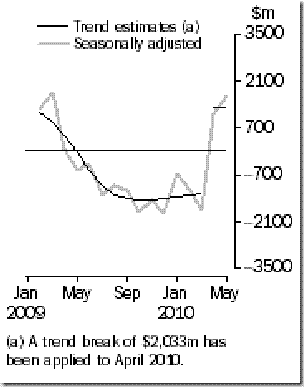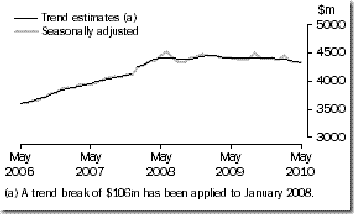I have watched the growth in cloud computing with interest. Wikipedia defines cloud computing this way:
Cloud Computing is Internet-based computing, whereby shared resources, software, and information are provided to computers and other devices on demand, like the electricity grid.
The ideas behind cloud computing are not new. What is new is simply the question of scale facilitated by technological and market change.
Despite the growth, I was interested to see an article by Gordon Peters on IT Wire suggesting that almost half of Oceania IT professionals say that the risks of cloud computing outweigh the benefits, according to the first ISACA Oceania IT Risk/Reward Barometer survey.
ISACA says that CIOs are increasingly interested in cloud computing because of its potential to deliver lower total cost of ownership (TCO), higher return on investment (ROI), increased efficiency and pay-as-you-go services, and that IDC has said that cloud services will outpace traditional IT spending over the next five years, representing approximately $51 billion by 2013.
“Yet IT professionals see risks in entrusting information assets to the cloud,” according ISACA which recently surveyed 218 Australia and New Zealand-based IT professionals who are members of the global, non-profit professional association.
I can understand the cautions, but also think the short to medium term economic benefits will continue to drive market growth. What we all do if entire systems go down is, however, a bit of a nightmare.



